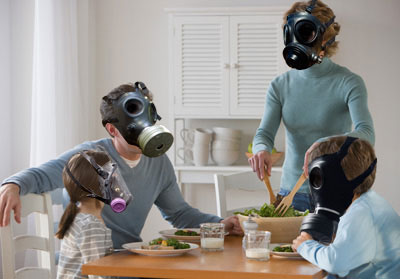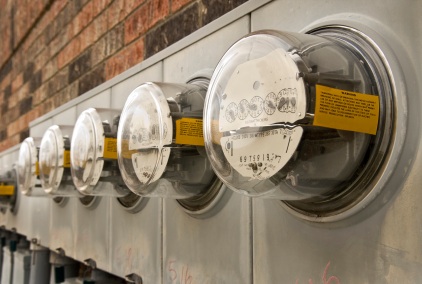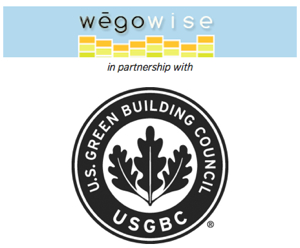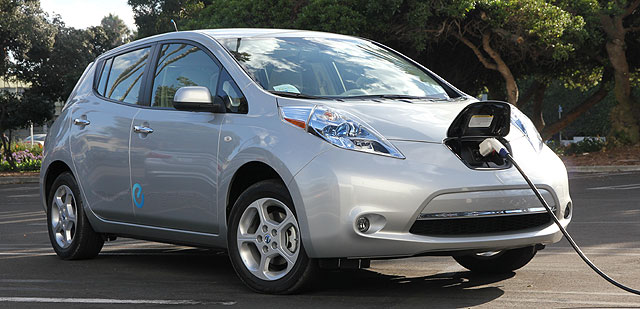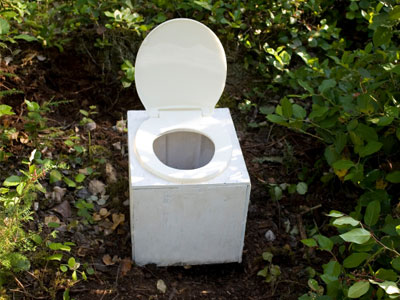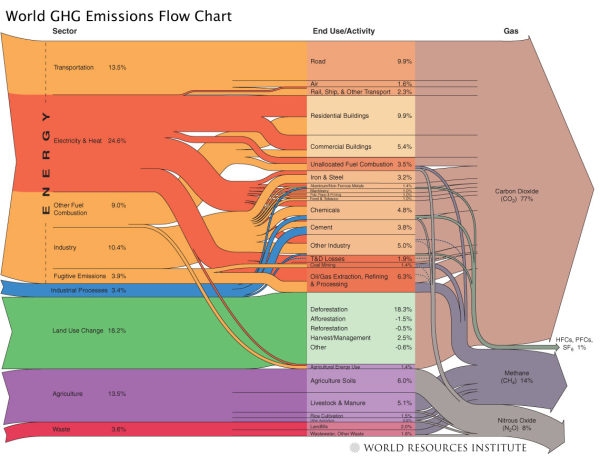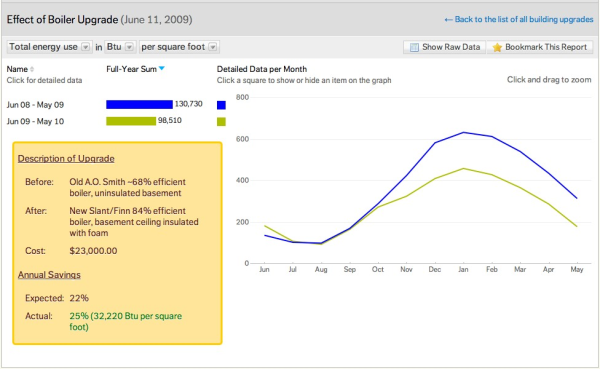Often overshadowed by topics such as energy efficiency and water conservation, indoor air quality is increasingly entering the forefront of discussions around green building. What's being discovered is that our homes and apartments are often the source of a multitude of pollutants and allergens, which can lead to a startling number of short and long term health effects. Don't despair though, because WegoWise has some at home tips to remove indoor air pollution and make your home a healthier place to live in.
Utility Tracking and Benchmarking Blog | WegoBlog
An energy audit is an examination of a building for energy efficiency improvement purposes. Through analysis of energy usage, building characteristics, weather data, and the typical usage of the building, an energy audit can recommend energy conservation measures. The measures are assessed for their savings potential, as well as their ability to maintain or improve the quality of life within the building.
Tags: Energy efficiency, Funding, Building science, Water Conservation
Tenant Energy Efficiency: How to Reduce Energy Use In Your Building
Posted by Lily Perkins-High on Tue, Mar 13, 2012
The overall water and energy efficiency of your building is a function of three things:
1. Design and construction
WegoWise joined hundreds of attendees at the annual RESNET conference earlier this week in sunny Austin, TX, where we found lots of energy efficiency geeks and gurus, abundant live music, and boots. Lots of boots.
Tags: News and Policy, Energy efficiency, Building science, Water Conservation
News article: USGBC and WegoWise partner for utility tracking
Posted by Casey Diehl on Wed, Feb 29, 2012
In its February 24th issue, the New England Real Estate Journal profiles WegoWise's partnership with the US Green Building Council to provide energy tracking for LEED for Homes multifamily certified buildings. To read more, check out USGBC's Building Performance Partnership and Wegowise's LEED for Homes landing page.
Tags: News and Policy, Energy efficiency, Affordable housing, Building science
Strengthening Power Grid Technology with Electric Vehicles
Posted by Catherine Schirm on Thu, Feb 02, 2012
Battery-powered, electric vehicles are a promising solution to concerns over air pollution, peak oil, achieving energy independence, and climate change. But can our power grid support the increasing market of EVs? With annual sales predicted to reach nearly 360,000 by 2017, many are concerned that the grid cannot support the additional demand. However, the answer to the question is actually yes, our power grid can support the adoption of electric vehicles into the light duty car market. What remains unclear is whether local distribution transformers will be able to handle the additional power load.
For many, hearing the term waterless toilet likely conjures up an image of a smelly outhouse. However, it might surprise you to know there are many of these toilets, better known as composting toilets, which do not smell at all and don’t use any H20. “How could this even be possible?” you say. Well lucky enough, Wegowise has got your back (side). We’re going to give you the low down on how composting toilets work.
Here's a cool infographic from the World Resources Institute we ran across this week and wanted to share. Not to toot our own horn, but the CO2 from Residential Buildings (Tan color, fourth row down in the "End Use/Activity column) is what we help reduce everyday here at WegoWise.
WegoWise's Top 5 Links for being Less Naughty (and a bit nicer)
Posted by Sean Shanley on Fri, Dec 23, 2011
Whether you want to be a more informed citizen or just want to kill some time before 5 on a Friday afternoon, WegoWise has got you covered. This week we explore the two main carbon contributers and what we can do today to make them less of an issue. So peruse our best links, give us some feedback and be sure to share some of the info you just gleaned with other interested parties at the parties you are hopefully attending this weekend. Brought to you by Dan, Nate, Sean and Lily.
A few weeks ago I wrote a blog post intended to help get people started tracking their utility data. To recap the three easy steps were:
Tags: Energy efficiency, Building science, Water Conservation

